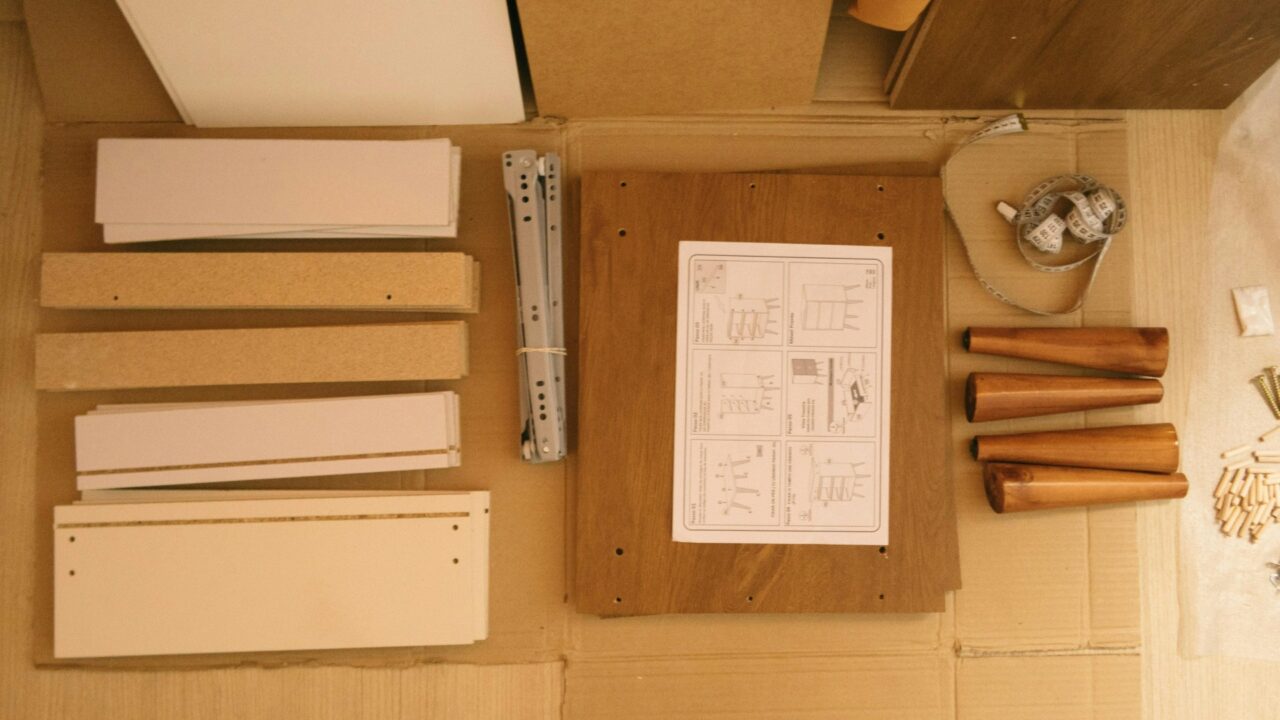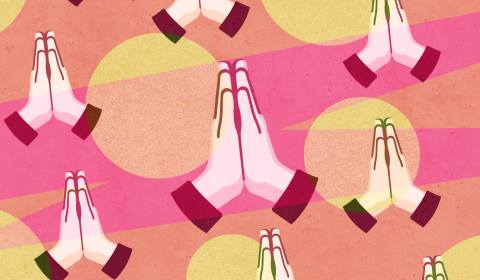We value IKEA furniture more because we’ve invested time and energy into reading the instructions and then assembling it. This has taken on a whole new meaning online.
For gamblers, the ‘sunk cost fallacy’ might sound familiar.
Defined as ‘a reluctance to abandon a strategy or course of action because one’s invested heavily in it, even if it’s clear that abandonment would be more beneficial,’ it’s a phenomenon that sees poker players (for instance) become increasingly more desperate to win as the game goes on – even if they know they’re performing worse than at the start – because they’ve already sunk so much into it.
As a result, they keep spending money, despite the diminishing probability that they’ll leave the casino with more than they had when they walked in.
This idea that we make irrational choices because we’ve already invested so much into something can be likened to the IKEA effect.
Another cognitive bias that’s been making the rounds on social media lately, it suggests that we’re more likely to value objects of little value (think, IKEA furniture) higher if we’ve made or assembled them ourselves.
View this post on Instagram
Essentially, because we’ve invested time and energy as well as money into the flatpack bed, we view it as more than a worthy investment: it’s better than the four-poster.
As is often the case, this has taken on a whole new meaning online, with netizens using the IKEA effect to explain why people stay in romantic relationships that no longer serve them.
Reminding us of how this echoes the doomed-to-fail ‘I can fix him’ mentality, content creator Ramya Araj reveals to her ‘babes’ why they ‘can’t let go of the guy who gives [them] below bare minimum.’ She tells us that ‘the more we invest, the less we want to let him go.’
This is also known as emotional chasing, which involves constantly seeking affection, approval, or validation from a partner, often at the expense of one’s own wellbeing.
As psychologist Annika Lindberg stresses, when this happens ‘it’s rarely a sign that you’re part of a balanced and mutually satisfying relationship’ and that the ‘chase’ is indicative of ‘imbalance, mixed messages and, more often than not, at least one person who is failing to see their own worth.’




















